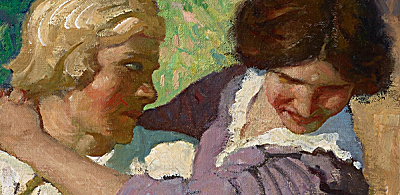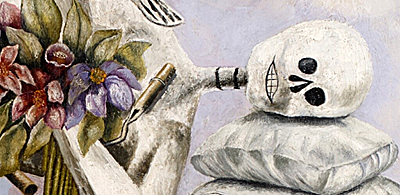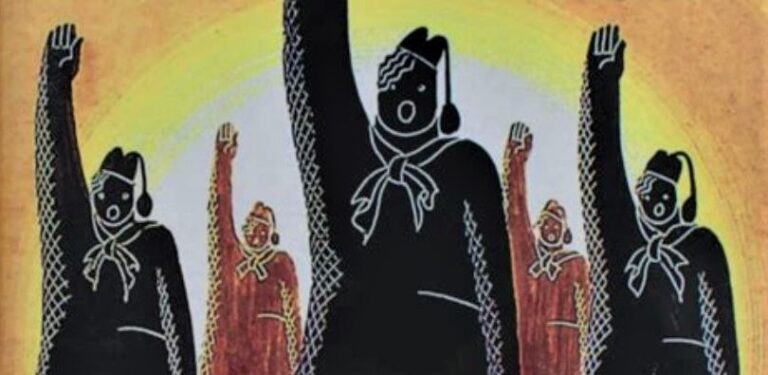That Article or Page No Longer Exists...
Instead check out the latest blog posts below or three random blog posts further down.
Latest Additions to the Blog

AI, the end of Illustration art
I recently came across an illustration of Elon Musk published on a popular news and commentary website. The credit for the likeness read “Image generated

Frida Kahlo and The Dream
The culture vultures have descended. On Nov. 20, 2025 Sotheby’s New York auctioned a 1949 self-portrait by Frida Kahlo. It is titled El sueño (La

Luigi’s Circle Jerk Army
On April 13, 2025, the antediluvian punk rock band from Los Angeles, the Circle Jerks, performed at the Coachella Valley Music and Arts Festival. Singer
Three Random Blog Posts
Lion of the Desert
As a rational human being, a humanist and an artist, I offer my heartfelt sympathies to the families and loved ones effected by the terror

Back To The Futurists
The Italian Futurists had an obsession with all things modern, the city, the automobile, the plane. They turned their backs on the past and set
The Bush Bust & Free Fall
The National Guard Association of the United States commissioned a life-sized portrait bust of President Bush from famed artist, Charles Parks, who for the last

